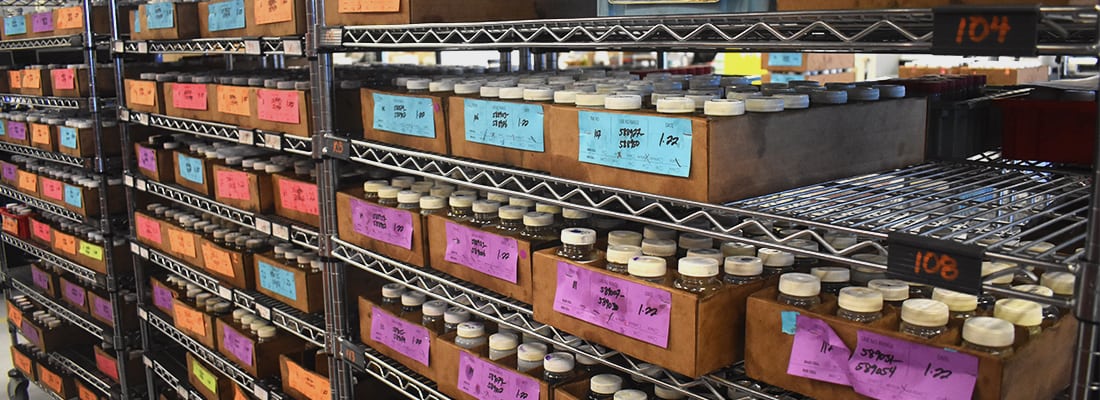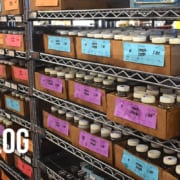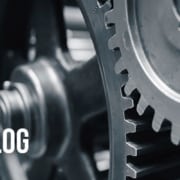Creating Customer Value with Lean
 As a leading fluid analysis laboratory – we strive to meet our customers needs and exceed their expectations. Our fluid analysis laboratories operate under Lean principles – maximizing customer value while minimizing waste. Simply put, this means we create more value using fewer resources. The Lean ideas, principles and standards were originally created by Toyota to eliminate waste and inefficiency in its manufacturing operations. The process became so successful that it has been embraced in manufacturing sectors around the world – POLARIS Laboratories® included. We fully embrace and operate under Lean principles in all six of our laboratory locations.
As a leading fluid analysis laboratory – we strive to meet our customers needs and exceed their expectations. Our fluid analysis laboratories operate under Lean principles – maximizing customer value while minimizing waste. Simply put, this means we create more value using fewer resources. The Lean ideas, principles and standards were originally created by Toyota to eliminate waste and inefficiency in its manufacturing operations. The process became so successful that it has been embraced in manufacturing sectors around the world – POLARIS Laboratories® included. We fully embrace and operate under Lean principles in all six of our laboratory locations.
So, how do we ensure our laboratory is operating efficiently and effectively through these principles? Some of the practices, standards and initiatives we have implemented to support a Lean laboratory environment are below.
Efficient work flow, standard work and performance management:
- No walls or separation of testing areas – this promotes flexible operations and the sharing of workloads and resources.
- Visualization of workloads at each test station.
- Workplace design – this allows the combination of tests to create balanced, productive technician workloads and standard work while reducing waste of motion and energy.
- Visual management of laboratory performance (for example, TV monitors display current work performance and performance over time. These metrics are monitored and reviewed daily).
Effective use of staff time and minimizing waste of motion:
- Adjacent and accessible conference and huddle rooms that encourage collaboration.
- Areas dedicated specifically to write-ups, reviews and approvals provides timely documentation.
- Laboratory test stations are in close proximity to sample processing, ensuring a quick transfer of samples from receipt to testing stations.
- Central location of parts and consumables near test stations.
Maximize future configurability:
- The building’s HVAC and electrical systems are set up in a grid system – allowing stations to be moved easily if necessary.
- Test stations equipped with wheels allow for quick and easy reconfiguration.
Lean behaviors and communication:
- Glass walls between support staff and operation staff offers an open-office feel.
- Laboratories are equipped with Process Improvement Boards throughout.
Support workplace organization and “5S”:
5S goes hand-in-hand with Lean principles (Sort, Set in Order, Shine, Standardize, Sustain) and improves workplace efficiency and eliminates waste.
- All laboratory workstations are identified with labels for designated supplies.
- Easily identifiable color-coded sample trays provide effective sample management, processing and testing.
- Workstations equipped with 5S checklist – which is reviewed and approved daily.
- Designated storage and organization throughout the laboratory.
By ensuring our laboratory facilities, staff and testing stations align with Lean principles, we continue to provide maximum value to our customers – saving time and money – and more of their equipment.
Dustin
Senior Manager of Laboratory Operations
Proven Impact. Proven Uptime. Proven Savings.
Let us prove it to you.











